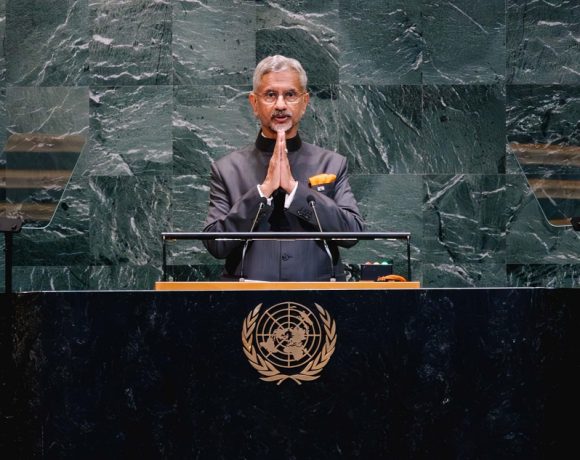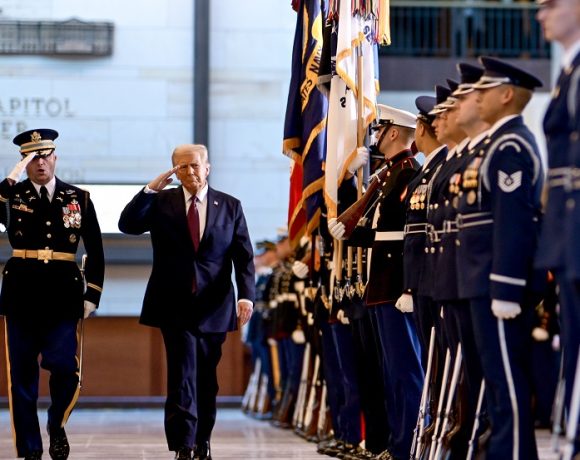
India’s Operation Mir Jafar Unmasks ISI Spy Network
In the aftermath of the deadly Pahalgam terror attack on April 22, which killed 26 people and injured dozens, India responded not just with military might under Operation Sindoor, but also with an intelligence offensive now known as Operation Mir Jafar. This crackdown has exposed a vast and deeply embedded espionage network linked to Pakistan’s Inter-Services Intelligence (ISI), resulting in sweeping arrests across the country.
Operation Mir Jafar: Espionage Crackdown in Full Swing
Launched discreetly by Indian intelligence agencies, Operation Mir Jafar is a counter-intelligence campaign that seeks to eliminate Pakistan-sponsored infiltration in civilian and digital domains. So far, over 68 individuals have been arrested across states such as Jammu and Kashmir, Delhi, Punjab, Haryana, Rajasthan, Assam, and Uttar Pradesh. These arrests include smugglers, students, influencers, and individuals tied to YouTube channels who are believed to have passed sensitive information to Pakistani handlers.
One of the most high-profile detentions under this operation is that of travel vlogger Jyoti Malhotra from Hisar, Haryana. “She used to frequently visit the Pakistan High Commission in Delhi and was known to interact with Pakistan-based handlers.” Investigations revealed her link to an expelled Pakistani diplomat known as Ehsan-ur-Rahim, alias Danish. Authorities suspect that she received instructions to record and transmit footage of Indian military installations.
ISI Network Targeted Through Digital and Political Traps
Devendra Singh Dhillon, a political science student from Patiala’s Khalsa College, also fell under the scanner. He is believed to have crossed into Pakistan through the Kartarpur corridor and allegedly transmitted sensitive images to ISI agents. “He went to Pakistan on an invitation and stayed in touch with handlers even after his return.”
Many arrested individuals reportedly had regular access to Pakistan High Commission events, pointing to a wider diplomatic layer aiding these activities. Indian agencies suspect that ISI operatives baited targets with promises of fully-paid foreign trips, monetary rewards, and in some cases, political clout. The rise of digital communication platforms and social media has further allowed espionage networks to expand without traditional spycraft.
Political Row Over the Term ‘Mir Jafar’
The fallout from Operation Mir Jafar has also stirred political mudslinging. “You have become the new age Mir Jafar,” BJP spokesperson Shehzad Poonawalla said, directly attacking Rahul Gandhi after he accused Foreign Minister S. Jaishankar of tipping off Pakistan about Operation Sindoor. Congress retaliated by labeling Jaishankar as “Jaichand,” invoking another historical betrayer’s name.
Meanwhile, investigations have expanded into YouTube creators and influencers, as many appear to have unwittingly or deliberately supported foreign agendas under the guise of travel or political content. Several of their digital footprints are now under forensic scrutiny.
As Operation Mir Jafar unfolds, India’s intelligence agencies remain firm in their resolve to expose and neutralize these networks. The government has called for public vigilance and stronger laws to regulate information access in sensitive regions.


















